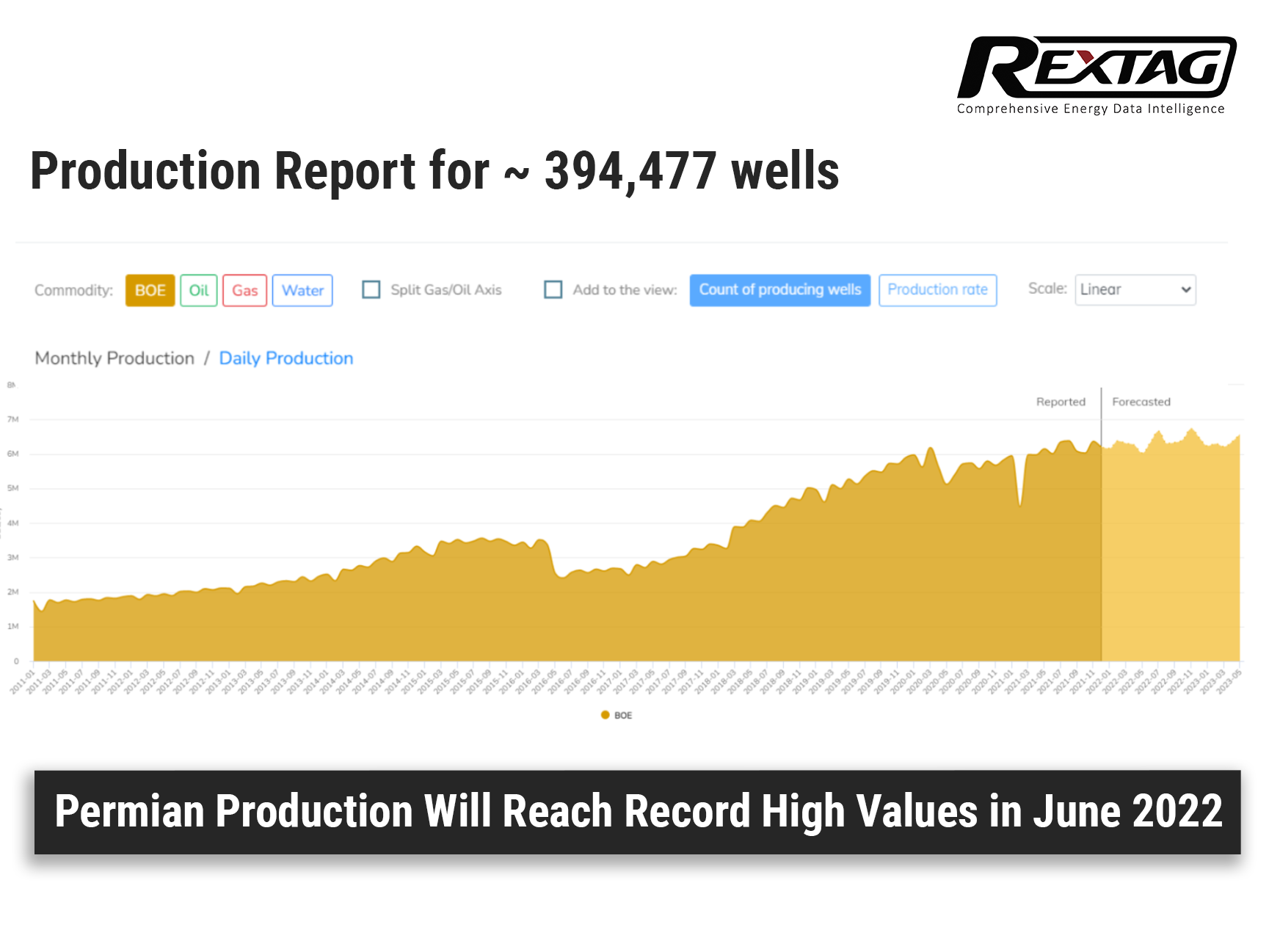Blog
Since days when shale oil and gas technologies were discovered, the U.S. energy industry has been evolving more rapidly than ever before. Many changes are amazing especially when you put them on an industry map. At Rextag not only do we keep you aware of major projects such as pipelines or LNG terminals placed in service. Even less significant news are still important to us, be it new wells drilled or processing plants put to regular maintenance.
Daily improvements often come unnoticed but you can still follow these together with us. Our main input is to “clip it” to the related map: map of crude oil refineries or that of natural gas compressor stations. Where do you get and follow your important industry news? Maybe you are subscribed to your favorite social media feeds or industry journals. Whatever your choice is, you are looking for the story. What happened? Who made it happen? WHY does this matter? (Remember, it is all about ‘What’s in It For Me’ (WIIFM) principle).
How Rextag blog helps? Here we are concerned with looking at things both CLOSELY and FROM A DISTANCE.
"Looking closely" means reflecting where exactly the object is located.
"From a distance" means helping you see a broader picture.
New power plant added in North-East? See exactly what kind of transmission lines approach it and where do they go. Are there other power plants around? GIS data do not come as a mere dot on a map. We collect so many additional data attributes: operator and owner records, physical parameters and production data. Sometimes you will be lucky to grab some specific area maps we share on our blog. Often, there is data behind it as well. Who are top midstream operators in Permian this year? What mileage falls to the share or Kinder Morgan in the San-Juan basin? Do you know? Do you want to know?
All right, then let us see WHERE things happen. Read this blog, capture the energy infrastructure mapped and stay aware with Rextag data!
Staying on Top of Drilling Activity Trends in the Permian Basin
Oil output in the Permian Basin in Texas and New Mexico is supposed to go up 88,000 bbl/d to a record 5.219 million bbl/d in June, as the U.S. Energy Information Administration (EIA) announced in its report on May 16. Additionally, gas productivity in the Permian Basin and the Haynesville in Texas, Louisiana and Arkansas will rise to record highs of 20 Bcf/d and 15.1 Bcf/d in June, respectively. Given that this growth has been expected, recent global market changes make forecasting the output even more challenging. Learning how production will change is easier with early activity tracking, a new service recently launched by Rextag – Pad Activity Monitor. With the help of PAM, you are able to monitor well pad clearing, drilling operations, fracking crew deployment and completions with new data collected approximately every 2 days. Additionally, it cuts down activity reporting lag times by at least 98%, from 120-180 days down to just 5-8 days. In order to access reports, charts, tables, and mapping visualizations via Rextag’s Energy DataLink use a web-based application allowing users to filter, download and identify activity on a map or data table. Moreover, customers will be able to set up daily, weekly, and monthly email report notifications.
EIA: Permian Basin Oil and Gas Output is Thought to Beat Record in June
The EIA forecasts that total output in the main U.S. shale oil basins will increase 142,000 bbl/d to 8.761 million bbl/d in June, the most since March 2020. Oil productivity in the Permian Basin in Texas and New Mexico is supposed to go up 88,000 bbl/d to a record 5.219 million bbl/d in June, as the U.S. Energy Information Administration (EIA) announced in its report on May 16. In the largest shale gas basin, the productivity in Appalachia in Pennsylvania, Ohio and West Virginia will grow up to 35.7 Bcf/d in June, its highest since beating a record 36 Bcf/d in December 2021. Gas output in the Permian Basin and the Haynesville in Texas, Louisiana and Arkansas will rise to record highs of 20 Bcf/d and 15.1 Bcf/d in June, respectively. Speaking of the Permian future output, putting hands on upcoming changes in production has recently been made easier with the new Rextag's service - Pad Activity Monitor. Thanks to satellite imagery and artificial intelligence, customers are able to monitor the oil and gas wells and are provided with near real-time activity reports related to drilling operations. However, it is noticed that productivity in the largest oil and gas basins has decreased every month since setting records of new oil well production per rig of 1,544 bbl/d in December 2020 in the Permian Basin, and new gas well production per rig of 33.3 MMcf/d in March 2021 in Appalachia.
